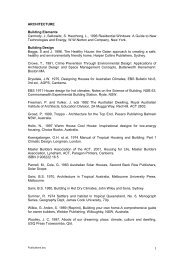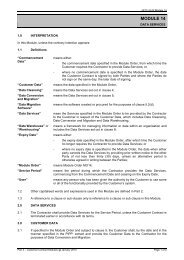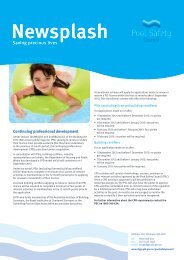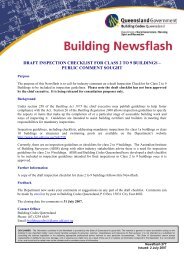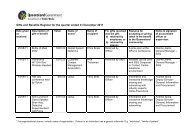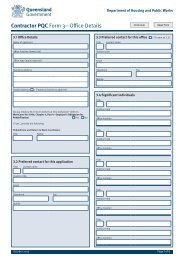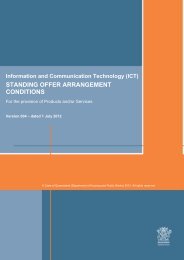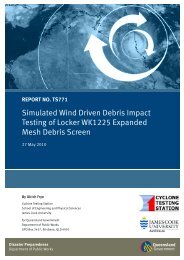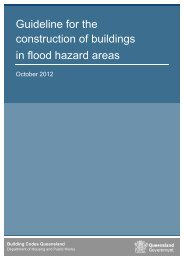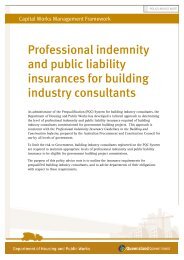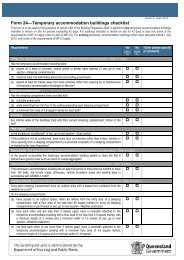QFleet Road Safety Manual - Department of Housing and Public ...
QFleet Road Safety Manual - Department of Housing and Public ...
QFleet Road Safety Manual - Department of Housing and Public ...
You also want an ePaper? Increase the reach of your titles
YUMPU automatically turns print PDFs into web optimized ePapers that Google loves.
Risk 5: Adverse conditions<br />
Driving on rough, unsealed roads or on roads subject<br />
to extreme conditions, such as snow, ice, fog, or<br />
bushfires, presents increased risks.<br />
Risk can be reduced by:<br />
• planning ahead to use alternative routes<br />
• rescheduling trips to times <strong>of</strong> less extreme<br />
conditions<br />
• providing information about driving<br />
techniques in adverse conditions, such as<br />
driving slowly in foggy conditions<br />
• using specialist or fit for purpose vehicles<br />
suitable for conditions<br />
• where appropriate, providing specialist<br />
training for driving in adverse conditions<br />
• checking road <strong>and</strong> weather conditions with<br />
relevant authorities prior to commencing the<br />
journey e.g. RACQ, Bureau <strong>of</strong> Meteorology.<br />
For further information regarding rural, remote <strong>and</strong><br />
hazardous driving conditions see Rural <strong>and</strong> remote<br />
driving section <strong>of</strong> the <strong>QFleet</strong> Safe Driving Guide.<br />
Risk 6: In-vehicle distractions<br />
Distractions divert the driver’s attention from the<br />
driving task <strong>and</strong> impact on safety critical measures,<br />
such as stopping distances.<br />
Common in-vehicle distractions are other<br />
passengers, drinking <strong>and</strong> eating, reaching for<br />
objects, personal grooming, in-vehicle technologies<br />
<strong>and</strong> loose objects.<br />
Approximately one quarter <strong>of</strong> vehicle crashes in<br />
the United States are estimated to result from the<br />
driver being inattentive as a result <strong>of</strong> technology or<br />
other distractions. 19 There is evidence that in-vehicle<br />
distractions are likely to be the cause <strong>of</strong> a similar<br />
quantity <strong>of</strong> road crashes in Australia. 20<br />
Risk can be reduced by:<br />
• not eating or drinking while driving<br />
• presetting music/radio, climate controls,<br />
seatbelts <strong>and</strong> mirrors<br />
• securing any loose objects<br />
• pulling over to adjust equipment, check maps<br />
or attend to personal grooming<br />
• asking passengers to help with tasks (e.g.<br />
checking map for driver).<br />
For further information relating to driver distractions<br />
see Driver distraction section <strong>of</strong> the <strong>QFleet</strong> Safe<br />
Driving Guide.<br />
19 Ibid.<br />
20 Ibid.<br />
<strong>Road</strong> <strong>Safety</strong> <strong>Manual</strong><br />
17



